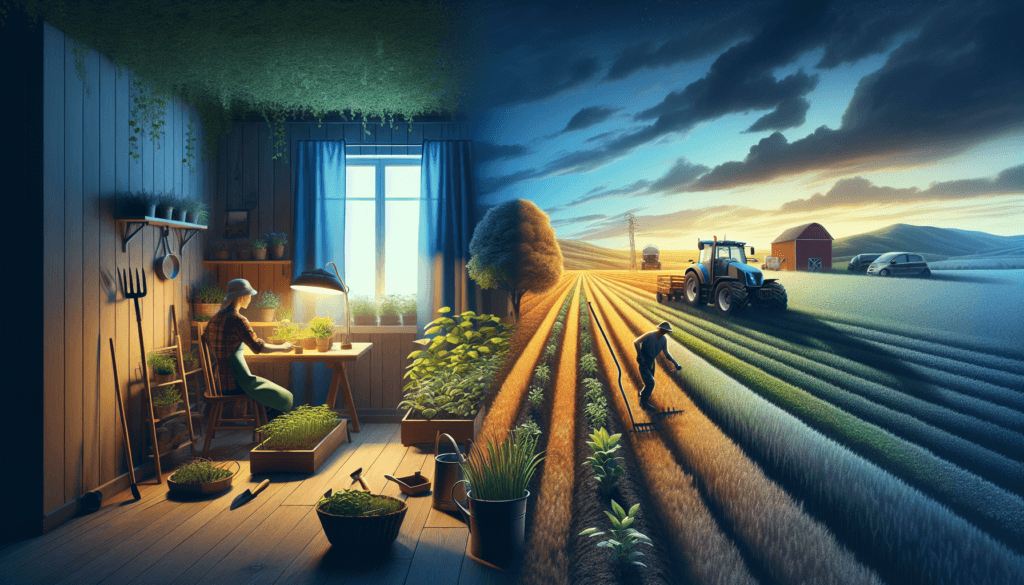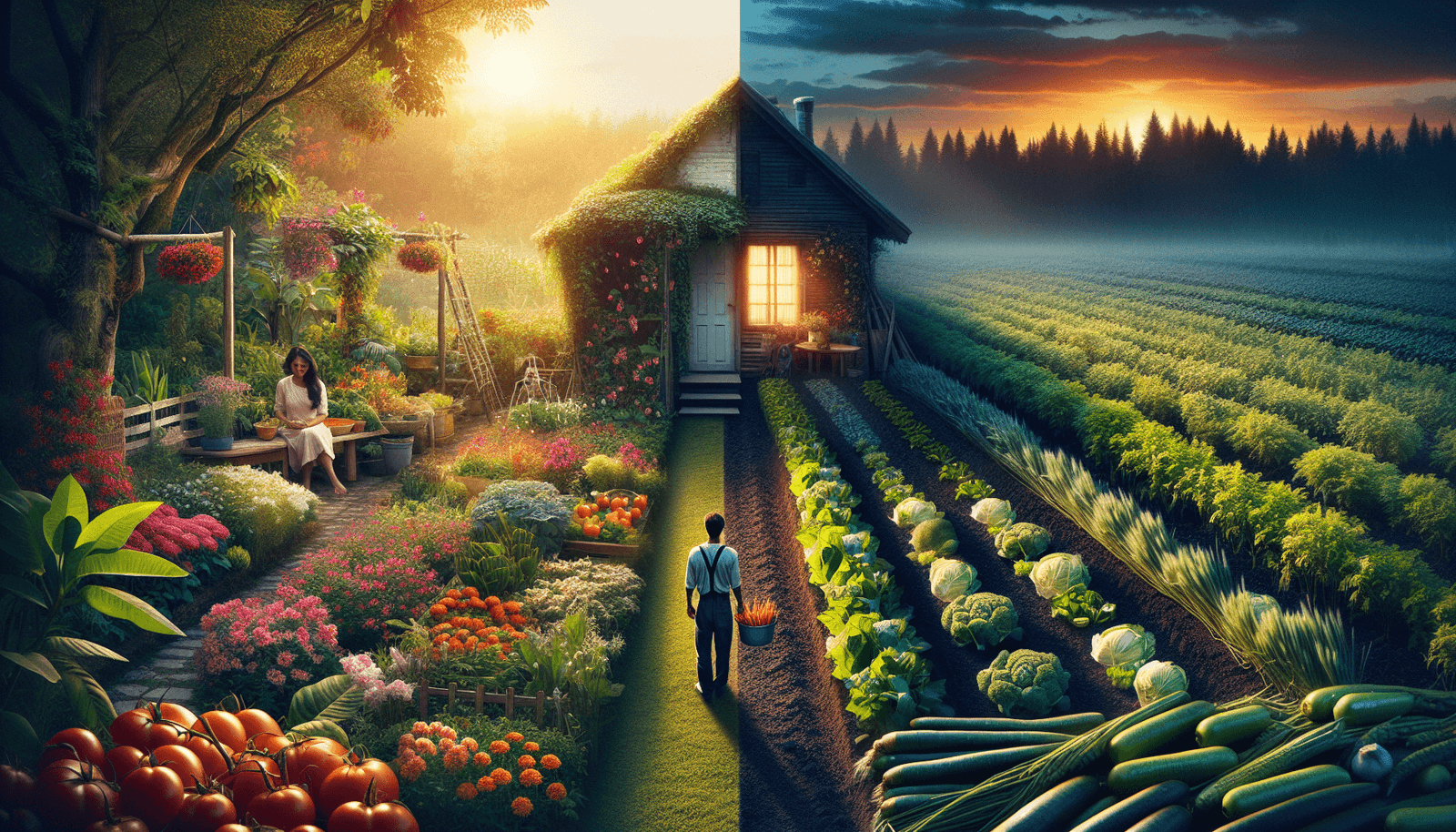Gardening, a beloved pastime for many, has often been seen as a therapeutic and rewarding activity. But have you ever wondered if it falls under the umbrella of agriculture? While both gardening and agriculture involve cultivating plants, there are key distinctions that set them apart. In this article, we will explore the intricacies of gardening and agriculture to shed light on whether gardening can truly be classified as a type of agriculture. So let’s dig in and uncover the fascinating world of these green-thumb endeavors.
Definition of Agriculture
Traditional definition
Agriculture is the practice of cultivating plants and rearing animals for food, fiber, medicinal plants, and other products used to sustain and enhance human life. It involves activities such as preparing the land, planting seeds or seedlings, nurturing the plants or animals, and harvesting the crops or animals when they are ready for consumption or use.
Expanded definition
While the traditional definition of agriculture primarily focuses on large-scale crop cultivation and animal husbandry, the expanded definition of agriculture recognizes the broader spectrum of practices involved in sustainable food production. This includes incorporating sustainable farming methods, conserving natural resources, promoting biodiversity, and implementing innovative techniques to meet the growing demand for food while minimizing negative environmental impacts.
Definition of Gardening
Traditional definition
Gardening is the practice of cultivating and tending to a small plot of land, often within a domestic setting, with the purpose of growing flowers, ornamental plants, herbs, or small quantities of vegetables or fruits for personal use. It involves activities such as preparing the soil, planting seeds or seedlings, watering, weeding, and maintaining the plants to promote their growth and aesthetic appeal.
Expanded definition
The expanded definition of gardening recognizes its potential as a small-scale form of agriculture. It includes various cultivation methods such as container gardening, rooftop gardening, and community gardening, where individuals or communities engage in the cultivation of plants in limited spaces, often using organic or sustainable practices. Gardening can also extend beyond traditional notions of horticulture to encompass activities like urban gardening, vertical gardening, and hydroponic gardening.
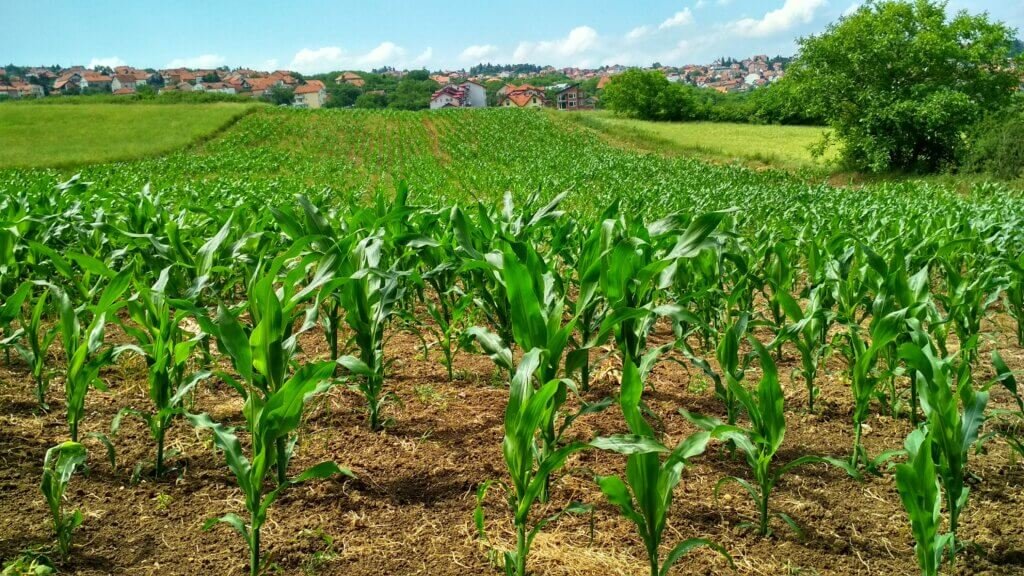
Differences between Agriculture and Gardening
Scale
A key distinction between agriculture and gardening lies in the scale of operations. Agriculture typically involves large-scale production on extensive areas of land, while gardening is generally practiced on a smaller scale, often within private or community spaces, like backyards or city parks.
Purpose
Agriculture is predominantly focused on the production of crops or animals for commercial purposes, aiming to meet the demands of a larger population. On the other hand, gardening is often driven by personal enjoyment, aesthetic appeal, and self-sufficiency, with the produce intended for personal consumption or limited local distribution.
Techniques
Agriculture relies on mechanized farm equipment, irrigation systems, and high-performance crop varieties to maximize production efficiency. Gardening, in contrast, often employs manual techniques like hand watering, manual weeding, and uses a wider variety of plant species, including heirloom and native varieties.
Commercial aspects
Due to its larger scale, agriculture is primarily driven by commercial interests, with farmers focusing on market demand, yield optimization, and profitability. In contrast, gardening typically has fewer commercial considerations and is more focused on self-sufficiency, ornamental value, and personal well-being.
Crop diversity
Agriculture tends to prioritize a smaller range of crops that are economically viable on a large scale, while gardening offers more flexibility for growing a diverse range of plants, including less common or locally adapted varieties. This diversity contributes to preserving genetic resources, promoting biodiversity, and enhancing ecosystem resilience.
Labor requirements
Agriculture often requires more labor-intensive practices due to the larger scale of operations, incorporating machinery, and managing extensive landscapes. Gardening, with its smaller scale, usually involves less physical labor and may be more accessible to individuals with limited resources or physical abilities.
Similarities between Agriculture and Gardening
Plant cultivation
Both agriculture and gardening involve the cultivation of plants, whether it is crops for food or flowers and ornamental plants for aesthetic or decorative purposes. Both practices require knowledge of plant care, including planting, watering, nutrient management, and pest control.
Soil management
Both agriculture and gardening require attention to soil health and fertility. Adequate soil preparation, composting, and fertilization practices are essential to provide the necessary nutrients for plant growth and to maintain soil structure and health.
Pest control
Controlling pests and diseases is crucial in both agriculture and gardening to protect plant health and ensure good yields. While agricultural practices often employ chemical pesticides, gardening, especially those following organic or sustainable approaches, often utilize integrated pest management techniques and biological control methods to reduce the use of synthetic chemicals.
Harvesting
Both agriculture and gardening involve the rewarding experience of harvesting the fruits of one’s labor. Whether it is a bountiful crop of vegetables on a farm or a handful of tomatoes from a backyard garden, the act of reaping what has been sown is fulfilling and satisfying.
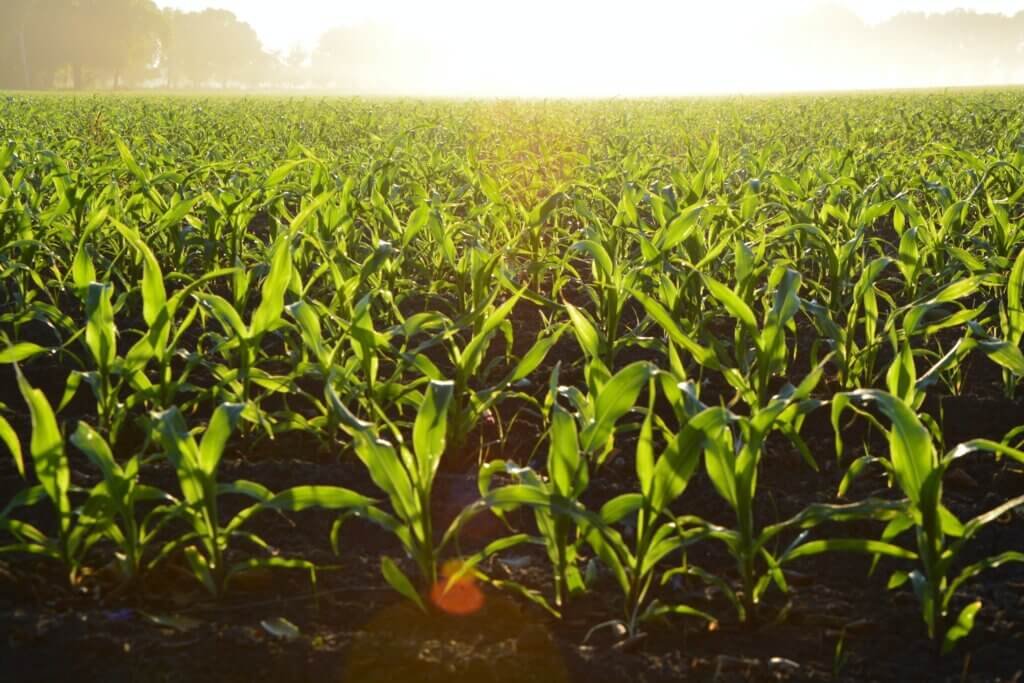
Evolution of Gardening as a Type of Agriculture
Historical context
Throughout history, gardening has played a significant role in human civilization alongside agriculture. In ancient times, people cultivated small gardens to supplement their diets, providing a variety of fresh produce. As populations grew, so did the need for more extensive food production, leading to the development of agricultural practices that could sustain larger populations.
Shift towards commercial gardening
In more recent times, gardening has evolved beyond being solely a means of self-sufficiency. With the rise of urbanization and the growing interest in sustainable living, there has been a resurgence of gardening as a hobby, a source of locally grown food, and as a potential entrepreneurial opportunity. Urban gardening, community gardens, and small-scale market gardening are examples of how gardening has expanded to become a viable form of agriculture.
Importance of Agriculture and Gardening
Food production
Both agriculture and gardening play a crucial role in producing the food needed to feed the world’s population. Agriculture focuses on large-scale production, supplying the majority of the food consumed globally, while gardening provides an opportunity for individuals and communities to contribute to their own food security and reduce their reliance on commercial food sources.
Economic impact
Agriculture has a significant economic impact, contributing to the livelihoods of farmers, generating employment opportunities across the agricultural value chain, and driving economic growth in rural areas. Gardening, although often on a smaller scale, can also contribute to local economies through the sale of surplus produce, gardening supplies, and other related goods and services.
Health benefits
Both agriculture and gardening offer potential health benefits. Engaging in physical activities like gardening can promote exercise, reduce stress levels, and improve mental well-being. Additionally, the consumption of fresh, nutritious produce from either agricultural or gardening sources contributes to a healthier diet and can help prevent diet-related diseases.
Community building
Both agriculture and gardening have the power to bring communities together and foster a sense of belonging. Community gardens and urban farming initiatives create spaces for people to interact, share knowledge, and build social connections around a shared interest in food production and gardening.
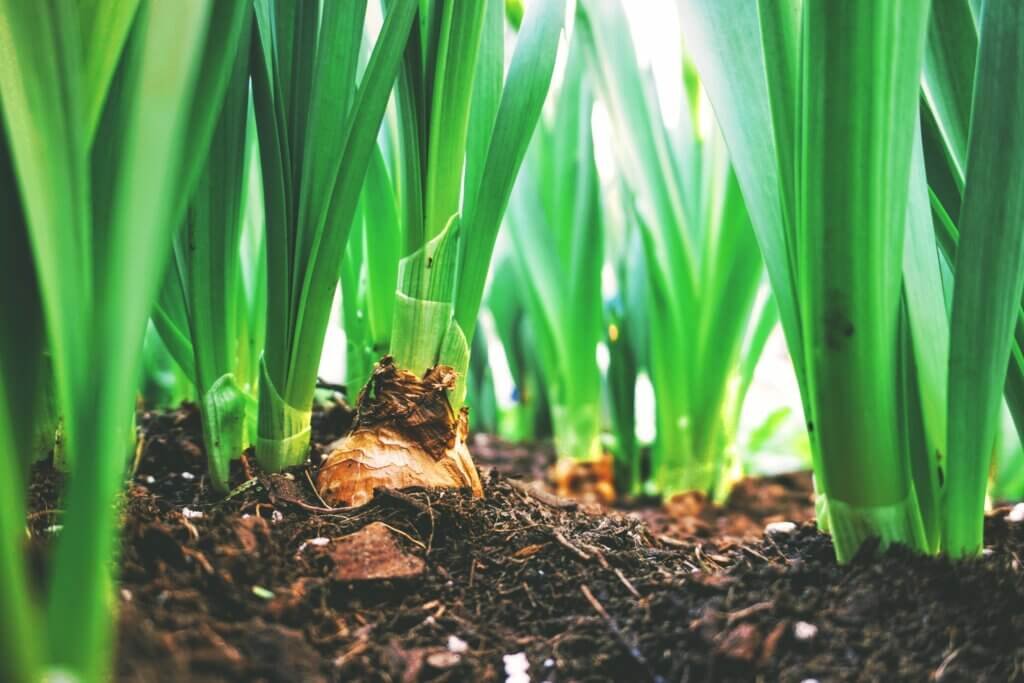
Different Types of Agriculture
Conventional agriculture
Conventional agriculture refers to the traditional approach of using synthetic fertilizers, pesticides, and genetically modified crops to maximize yields and control pests and diseases. It heavily relies on mechanization and intensive farming practices.
Organic agriculture
Organic agriculture focuses on environmentally friendly practices that avoid the use of synthetic chemicals. It emphasizes soil health, biodiversity, and animal welfare, relying on natural fertilizers, crop rotation, and biological pest control methods.
Sustainable agriculture
Sustainable agriculture aims to balance economic profitability, environmental stewardship, and social responsibility. It seeks to minimize negative impacts on natural resources, promote soil health, and ensure the long-term viability of farming systems.
Urban agriculture
Urban agriculture refers to various farming practices within urban areas, such as rooftop gardens, community gardens, and vertical farming. It aims to provide residents with access to fresh food, create green spaces, and address issues of food security and food deserts in urban communities.
Hydroponic agriculture
Hydroponic agriculture involves growing plants in a water-based, nutrient-rich solution, without the use of soil. It allows for year-round cultivation, efficient use of water, and maximized production in limited spaces.
Different Types of Gardening
Flower gardening
Flower gardening focuses on the cultivation and care of ornamental plants, including flowers, shrubs, and trees, with the aim of creating visually appealing landscapes, attracting pollinators, and enhancing the beauty of outdoor spaces.
Vegetable gardening
Vegetable gardening involves growing edible plants, including leafy greens, root vegetables, fruits, and herbs, for personal consumption or sharing with friends and neighbors. It allows individuals to have control over the quality and source of their food, promoting self-sufficiency and healthier eating habits.
Fruit gardening
Fruit gardening focuses on the cultivation of fruit-bearing trees, vines, and bushes. It allows individuals to enjoy a variety of fresh fruits, including apples, oranges, berries, and tropical fruits, either for personal consumption or for sale in local markets.
Herb gardening
Herb gardening involves cultivating various herbs, such as basil, rosemary, mint, and parsley, for culinary, medicinal, or aromatic purposes. Herb gardens can be as small as a windowsill planter or as large as a separate outdoor space dedicated solely to growing herbs.
Container gardening
Container gardening is a versatile form of gardening suitable for individuals with limited space or those living in urban areas. It involves growing plants in containers like pots, hanging baskets, or window boxes, making it ideal for balconies, patios, or indoor settings.
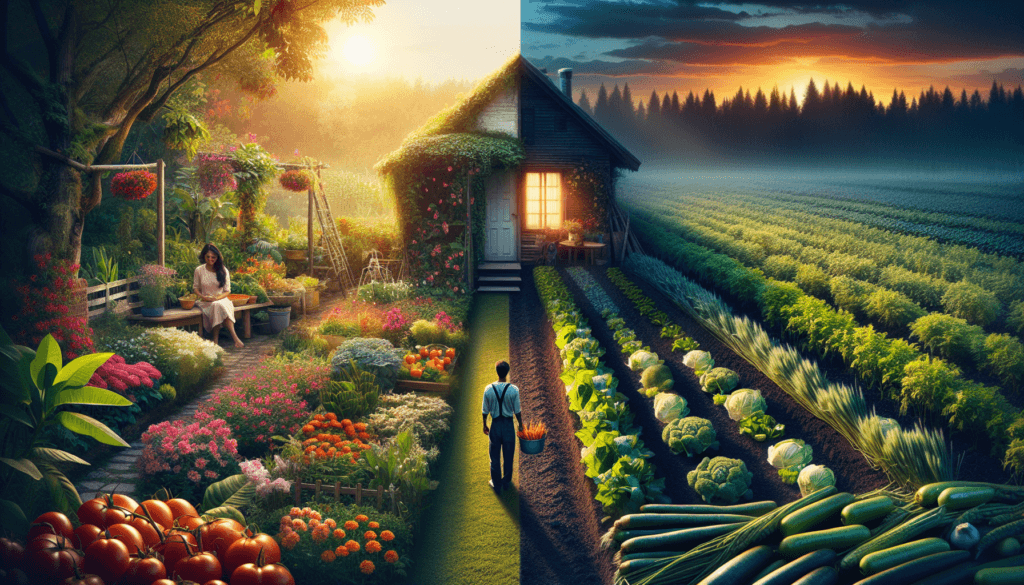
Advantages and Disadvantages of Agriculture and Gardening
Advantages of Agriculture
- Economies of scale enable large-scale production to meet the demands of a growing global population.
- Technological advancements in mechanized farming increase efficiency and productivity.
- Commercial agriculture contributes to rural development, employment, and economic growth.
Disadvantages of Agriculture
- Intensive agricultural practices can contribute to soil degradation, deforestation, and biodiversity loss.
- The use of synthetic chemicals in agriculture can have negative impacts on human health and the environment.
- Dependence on a few crop varieties for commercial purposes can increase vulnerability to pests, diseases, and climate change.
Advantages of Gardening
- Gardening allows individuals to have control over the quality and source of their food, promoting healthier eating habits.
- It provides an opportunity for physical exercise, stress relief, and mental well-being.
- Gardening promotes biodiversity, offers aesthetic value, and enhances the beauty of outdoor spaces.
Disadvantages of Gardening
- Limited scale of production may not meet the food demands of larger populations.
- Gardening can require significant time, effort, and knowledge to maintain and manage effectively.
- Depending on climate and location, seasonal limitations may restrict the availability of fresh produce.
Conclusion
While there are clear differences between agriculture and gardening in terms of scale, purpose, techniques, and commercial aspects, both play vital roles in human life. Agriculture ensures that the global population is adequately fed while contributing to economic growth, while gardening offers a range of benefits, including personal enjoyment, community building, and a sustainable approach to food production. The diverse types of agriculture and gardening provide options for individuals to choose the approach that best aligns with their goals, resources, and circumstances. Ultimately, whether practicing agriculture on a large scale or cultivating a small plot of land in a garden, both endeavors contribute to a healthier, more sustainable world.
